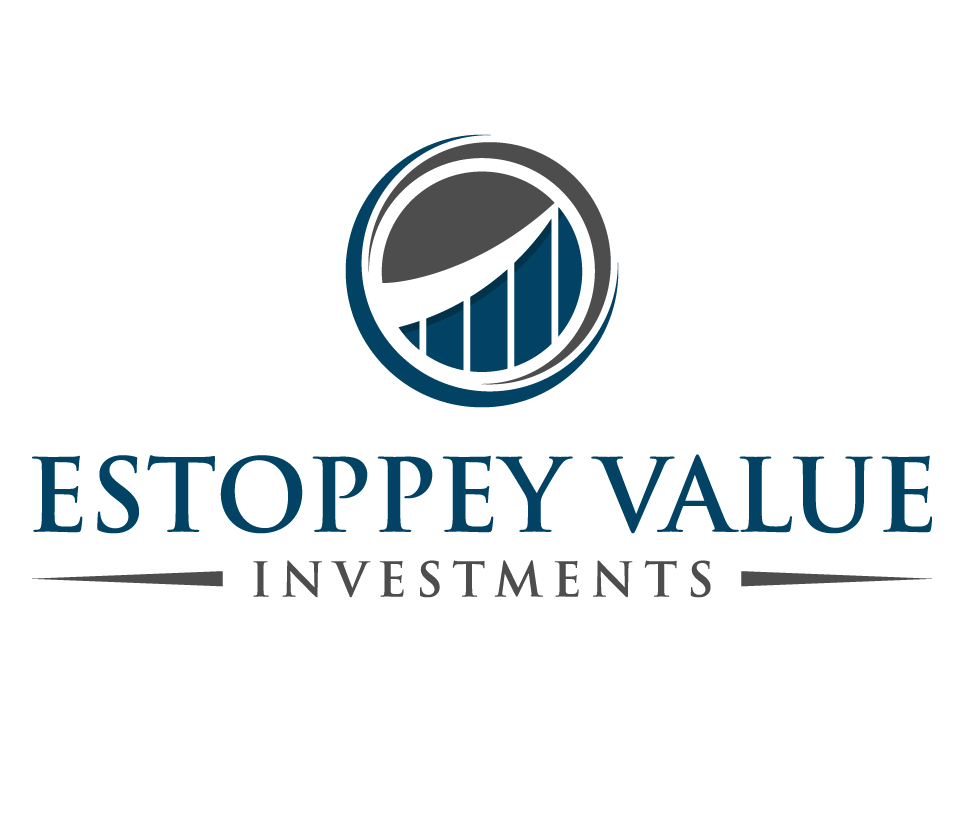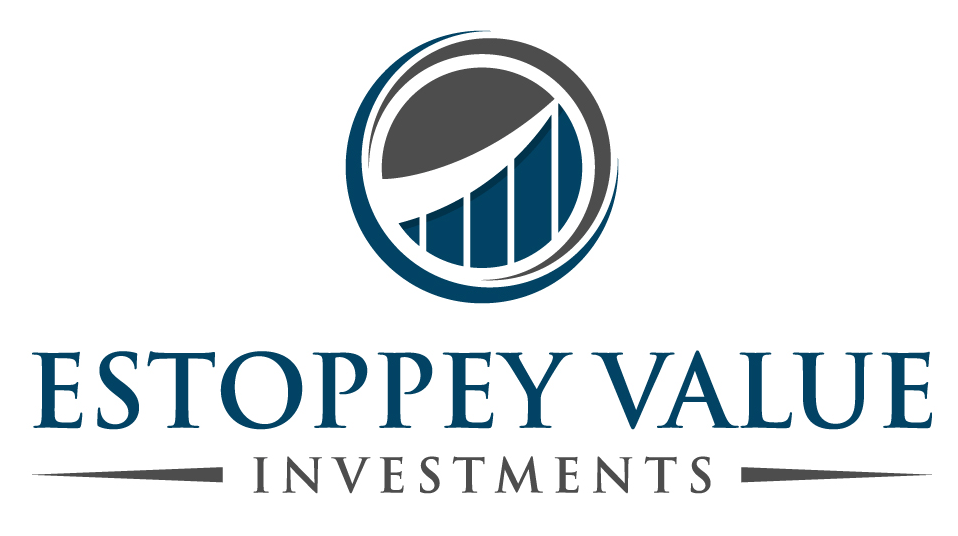Hurdle Rate
Would you like to invest your money? Get in touch with an expert:
What is a Hurdle Rate?
The Hurdle Rate signifies the minimum anticipated yield that an investor or manager seeks from an investment. It provides valuable insights to investors and businesses regarding the feasibility of a particular investment. An investment only gains consideration if the project or venture holds the potential to meet or exceed the Hurdle Rate. For investments carrying higher risks, the Hurdle Rate is set at a higher level, as investors expect compensation for assuming greater risk. Therefore, the Hurdle Rate takes into account the inherent risk of an investment, while also factoring in elements such as the cost of capital and potential gains from alternative investments. Additionally, aspects like inflation rates and interest rates play significant roles in this calculation. In this context, inflation may erode future returns, while the interest rate represents the concept of opportunity costs.
Within the business world, the Hurdle Rate is of significant importance in the process of investment selection.
If the projected returns surpass the Hurdle Rate, the investment becomes a viable choice. Conversely, if the expected
returns fall short of the Hurdle Rate, the investment fails to meet the predetermined criteria. In essence, the Hurdle Rate establishes a threshold yield, marking the point at which an investment becomes worth pursuing.
Application of the Hurdle Rate
The profitability of a project is typically assessed through two methods: The Discounted Cash Flow analysis (DCF) and the Internal Rate of Return (IRR).
When using the DCF methodology, cash flows are subjected to discounting using a designated interest rate. This interest rate embodies the Hurdle Rate, signifying the minimum return sought by the company or investor. The cash flows, discounted with the Hurdle Rate, are then aggregated. The resultant value is subsequently weighed against the overall project costs. Subtracting the total discounted cash flows from the project's costs gives the net present value (NPV) of the project. If the NPV is positive, it suggests that the project is worth investing in. In this method, businesses often employ their weighted average cost of capital (WACC) as the Hurdle Rate. Typically, a risk premium is incorporated to address the risks associated with specific investments.
The second method for gauging project profitability involves the IRR. This is the discount rate at which the Net Present Value (NPV), i.e., the summation of discounted cash flows, equates to zero. Essentially, the IRR denotes the rate of return at which the capital value reaches equilibrium. The IRR is then compared to the Hurdle Rate. If the IRR is higher than the Hurdle Rate, the project is considered financially worthwhile.
Pros and Cons of the Hurdle Rate
An advantage of the Hurdle Rate is its ability to guide management in an objective evaluation of investments based on concrete figures. This prevents investments from being driven solely by non-financial factors. For instance, investments that are currently more popular tend to receive more attention than they should.
A limitation of the Hurdle Rate is its exclusive focus on potential returns in terms of percentages, overlooking the actual invested capital. Depending on the investment amount and the available alternatives, an investment with a lower percentage return but a higher absolute return (larger investment sum) could be more prudent. Additionally, accurately determining the appropriate risk premium for an investment is a complex task, as risk can only be estimated.
Would you like to invest your money?
Speak to an expert.
Your first appointment is free of charge.



